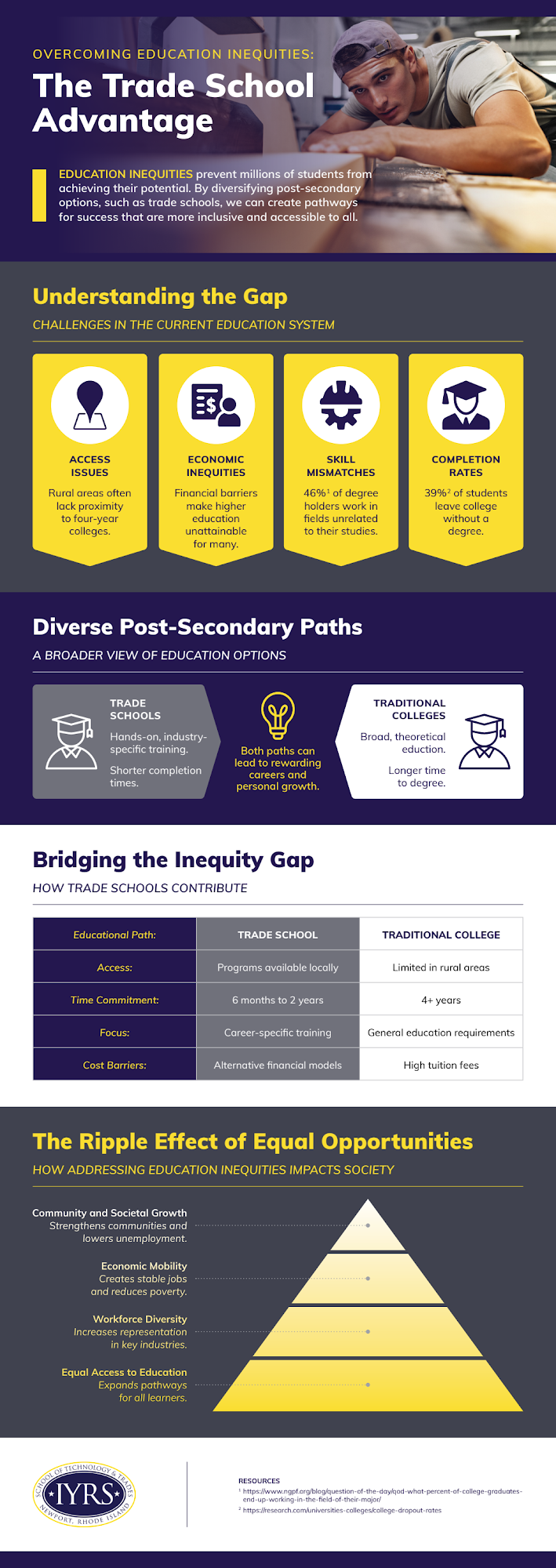In a rapidly changing economy, the traditional four-year college path is no longer the only—nor always the best—route to a successful career. For businesses seeking skilled, job-ready talent, and for individuals eager to gain a foothold in profitable industries, trade schools are increasingly becoming the go-to alternative. With a strong focus on practical skills and real-world applications, trade schools offer a compelling advantage for both students and the businesses that hire them.
Trade schools, also known as vocational or technical schools, specialize in equipping students with targeted skills for specific occupations. Unlike the broad liberal arts education offered by many universities, trade schools streamline their curriculum to ensure students graduate with the competencies directly relevant to their chosen fields. This includes everything from welding and electrical work to culinary arts and boat building schools. The result is a labor force that is well-trained, certified, and immediately capable of contributing to a business’s bottom line.
From a business standpoint, one of the major advantages of hiring trade school graduates is reduced onboarding time. These individuals often have hands-on training and industry experience by the time they complete their programs. For example, a graduate of a welding program will have already spent hundreds of hours working with equipment and materials under professional supervision. This minimizes the need for costly, time-consuming in-house training, allowing businesses to deploy new hires more efficiently.
Another benefit is the alignment between trade school curricula and industry demands. Many trade schools collaborate directly with local businesses and industry leaders to ensure their programs reflect current market needs. This means businesses can rely on a steady pipeline of graduates who are trained in the latest technologies and techniques. As automation and AI shift the nature of many white-collar jobs, skilled trades remain resilient, and in many cases, they are in higher demand than ever.
Furthermore, trade schools can be a powerful tool for economic mobility, helping to close the skills gap that challenges many industries today. For students, the return on investment is often substantial. Trade school programs are typically shorter and more affordable than four-year degrees, with graduates entering the workforce sooner and often without the burden of student debt. For businesses, this translates into a more stable and motivated workforce.
In conclusion, trade schools offer a strategic advantage for both students and businesses. They produce skilled professionals who are ready to meet the demands of modern industry. As the business landscape continues to evolve, the value of practical, focused education will only grow. Embracing the trade school advantage isn’t just smart for individuals—it’s essential for the long-term competitiveness of American businesses.

